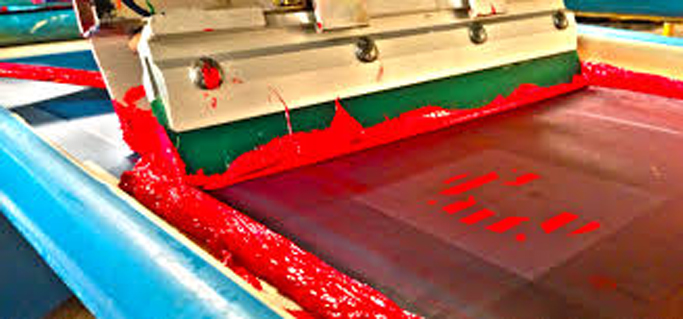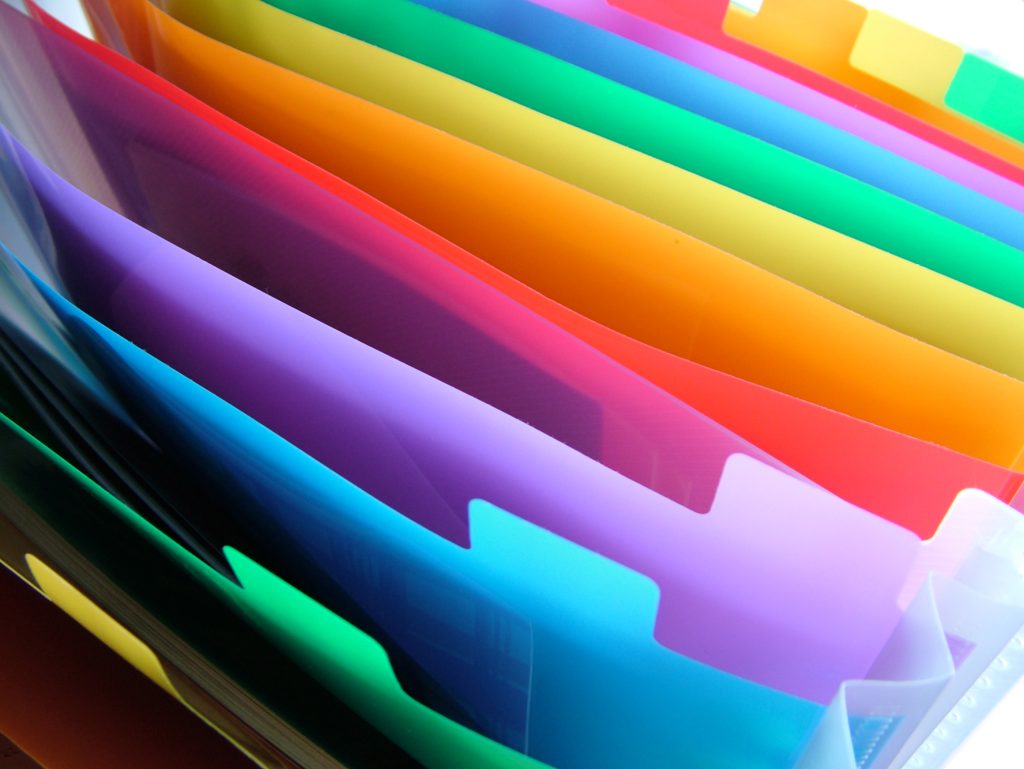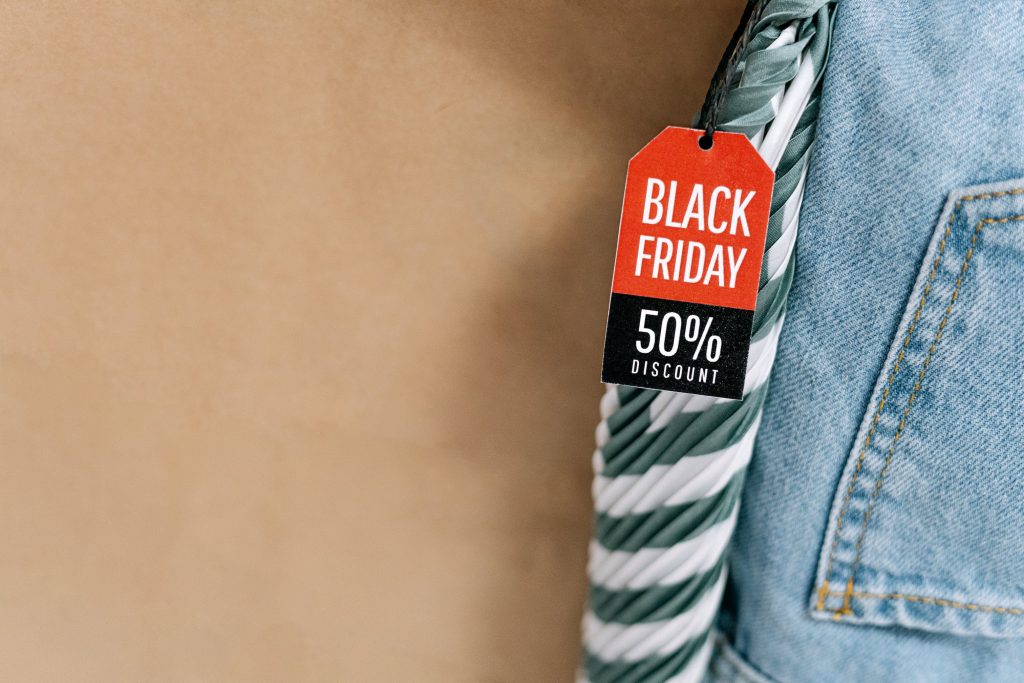When your sign needs to go outside for extended periods of time, it’s good to know the limitations and expectations of a printed piece when planning for outdoor use. You’ll need to consider the various effects of different weather conditions. Direct sunlight, wind, and rain can all have adverse effects on your signage. Screen printing is the perfect print process for these applications. Screen printing can be done on different substrates that will handle the rigors of outdoor use. Because of the thickness of the materials, we can print on a variety of plastics and vinyls that traditional offset lithography simply cannot touch.

Size, location, and application of the sign is key in determining the substrate. Direct sun is probably the most harmful to your outdoor sign. Sunlight can rapidly age certain stocks, causing yellowing and brittleness. The best substrate for a typical outdoor sign would be Sintra, a PVC material. It is rigid, lightweight, and comes in thicknesses from 1mm to 6mm. It does not yellow, making it the perfect material for outdoor use. Other substrates for outdoor use are rigid and pressure sensitive vinyls, which can be limited in thickness and styrene, which can be aged by the sun. Fortunately, styrene does allow for UV inhibitors to be added when it is made, thus extending its life. For larger signs and banners, reinforced vinyl is suggested. This material will hold up well to both sun and wind.
When planning an outdoor sign, another consideration when you design your art is color selection. Certain ink colors, such as reds, yellows, and fluorescents will fade faster than other colors. Avoiding these colors, or keeping their use to a minimum will also extend the life of your sign. Screen printing inks are very durable and hold these colors much longer than alternative print methods.
The use of special substrates, durable inks, and well-chosen colors make screen printing the best choice for your outdoor signage.
What are UV stabilizers and UV inhibitors?
UV inhibitors and UV stabilizers are additives used in the production of certain substrates that will extend their use in UV light. These built in stabilizers will protect your material from cracking and yellowing in outdoor conditions. Substrates such as styrene and acrylic can have stabilizers added while being manufactured that will add years to the life of the product. This material will be a special order depending on the level of UV resistance desired. UV clear coat will also extend the durability of a print, though not as long as built-in stabilizers. Your Creative Sign Inc. sales representative can elaborate more on this subject.



